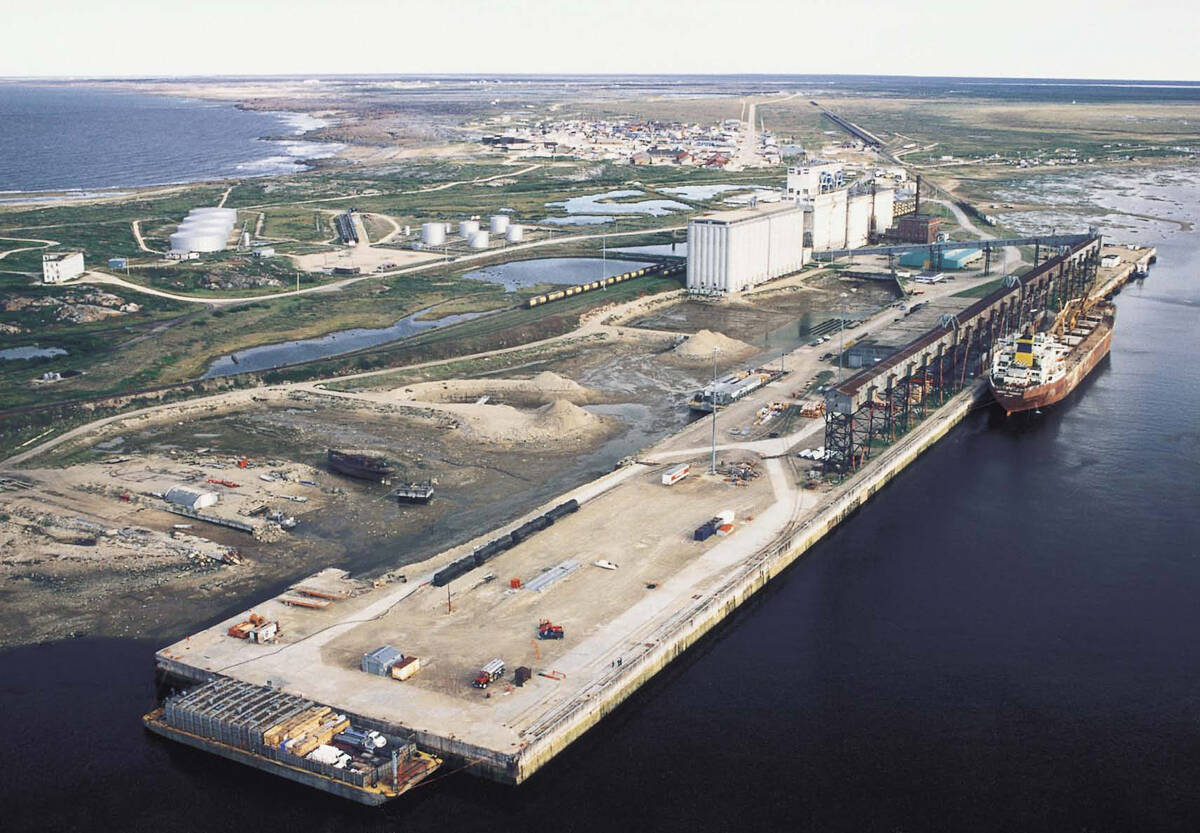Canadian beef cow numbers have not grown, but North America may see record highs in beef production this year, exceeding 30 billion pounds for the first time and surpassing the previous record set in 2002.
The Canadian cattle herd has stabilized, but domestic beef production could still increase as more cattle are fed and processed in Canada.
Markets performed well in 2017 despite larger beef and meat supplies, so what can we expect in 2018? Here are the key factors for Canadian producers to keep an eye on:
Beef demand
Read Also

Defence investments could benefit agriculture
A bump in Canada’s NATO spending commitments could lead to infrastructure investments that would benefit rural areas
Although demand is critical, it’s very difficult to predict.
International demand has been very strong because we have exported more beef and at higher prices. Competitive access to international markets will be critical as supplies grow.
Domestic demand has also been impressive because retail prices have declined only modestly despite the larger supplies.
Consumption may fall next year, but that is in part a result of the strong international demand.
Demand is also a result of economic performance across North America. The economic outlook is positive for 2018, but any changes to the economy, employment or wages could positively or negatively affect beef demand.
Competing meats
As mentioned, beef production could be record large in 2018, as may pork and poultry.
Trade will also be important for competing meats, but larger supplies could negatively affect beef prices. Domestic and international demand is key for competing meats, while pork and poultry markets are more reliant on exports than beef.
Canadian dollar
The Canadian dollar has generally been friendly to the cattle market since it went below 80 cents in 2015.
The dollar can be volatile and varies depending on oil prices, the Canadian economy, the U.S. economy and relative interest rates.
The dollar has been somewhat stronger than expected in the second half of 2017 and could weigh on the markets if it were to move above 80 cents.
On the other hand, the dollar will continue to be supportive if it stays below 80 cents or drops further.
Weather and feed availability
The U.S. cow herd has rapidly expanded since 2014. Strong markets and very good growing conditions have aided this expansion. Therefore, there are larger cattle on feed numbers and more cattle outside of feedlots.
Any significant changes in the grazing and feed conditions could result in a surge of cattle available to the slaughter market, which could negatively affect the markets.
Parts of Canada have faced dry conditions the last couple of years. A weather improvement may move more cattle into the breeding herd, potentially reducing beef production.
Basis levels
Basis levels have a significant effect on the fed and calf markets.
If Canada can maintain historically strong basis levels, it will be supportive to the feedlot sector and the calf market.
However, if basis levels were to move back to historical levels, it could put pressure on the calf market. A basis that is $6 better than expected translates into almost $15 per hundredweight higher calf prices.
Live cattle trade
Live cattle trade is partly a result of the above factors, especially feed costs and basis.
Canada will likely be a net importer of feeder cattle in the second half of 2017. This adds to local supplies, and given that our prices are at a premium to the U.S, there is further risk to our market if these premiums were to move to historical levels. Prices for feeder cattle and cull cows have additional price risk before the U.S. market would add support.
Understanding the key factors will help put you in a better position to plan ahead, but as always, what’s going to happen in the market is always difficult to predict — and the beef industry will continue to be challenged on how best to manage risks.
More producers continue to drop out of the AgriStability program, but given continued profitability in certain areas of this sector, producers may want to reconsider the program, especially with the new rules coming into effect for 2018.
For producers to get the most from the program, their reference margin (historical average) needs to be as high as possible because it determines the level of coverage for current and future years. Increased profits have resulted in increased AgriStability support levels because producers have very good reference years.
Also, AgriStability payments in 2016 and 2017 are expected to increase to remedy the swift fall in prices for cattle and calves between 2015 and 2016. That also continued into 2017, so now may be a good time for producers to reconsider the program.
The registration deadline to participate in Agristability for 2018 is April 30.














